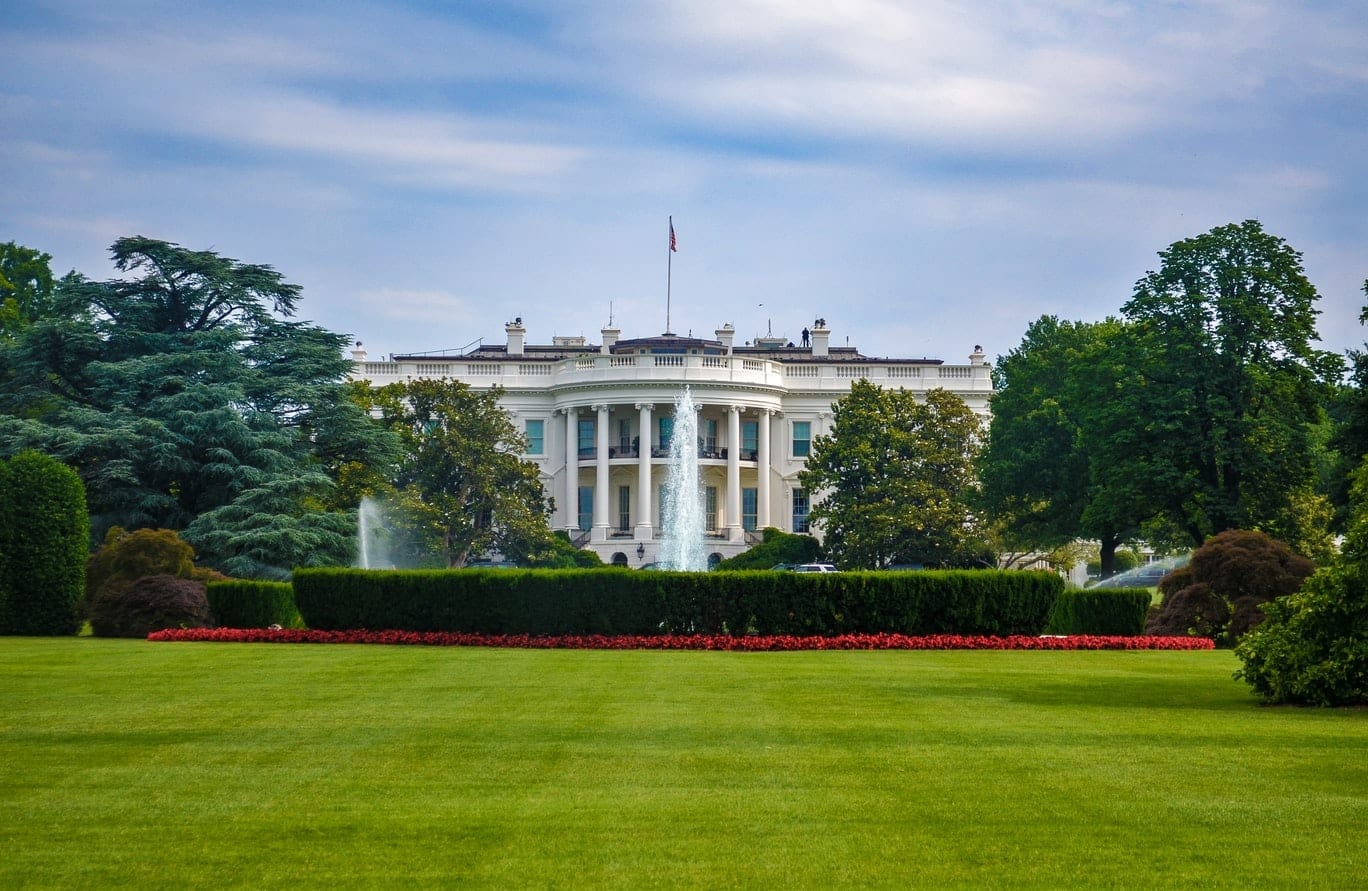Twenty candidates. Two nights. One stage.
Last week in the Motor City, close to two dozen Democrats took to podiums at the historic Fox Theatre to share their vision for America. They talked about health care and drug prices. About immigration and borders. About gun violence and special interest money. About tax cuts and trade.
They were even able to find time to address the issue of climate change and the need for a drastic and immediate course correction to alter the future health of our planet and all who live on it. But their rhetoric ignored reality, and their for-the-camera furor glossed over another very real and pressing environmental and public health truth.
According to the American Lung Association’s 2019 State of the Air report, 141 million Americans—4 of every 10—awake every morning in communities with dangerously dirty air; unhealthy air that can lead to asthma, cancer, heart disease, and premature death. And that number grows every day; 16 million more Americans have been affected by dangerously dirty air over the last two years.
This problem is very real. We aren’t going to solve it with rhetoric and platitudes. And we aren’t going to address this challenge by waiting for a perfect solution that doesn’t exist.
One candidate said we have less than 10 years to act. Many candidates agree that we don’t have time to wait.
So why then are we waiting for large scale light-duty electric vehicle adoption that will take decades? Why are we waiting for medium- and heavy-duty electric drive technologies to be developed for commercial use? Why are we waiting for batteries to get cheaper so EVs are more affordable and deployable en masse?
The candidates on that stage, smack in the middle of America’s Rust Belt, missed the opportunity to talk about a plausible, realistic, reliable, and sound solution that is available right now.
Cleaner Air Starts with Cleaner Trucks and Buses
Increased use of natural gas as a transportation fuel provides immediate and significant criteria and toxic air pollutant reductions.
Increased use of natural gas as a transportation fuel provides immediate and significant criteria and toxic air pollutant reductions. Fact: the cleanest commercially-available heavy-duty engine in the world is powered by natural gas. That is the case now and for the foreseeable future. Designed, built, and manufactured in America by Cummins Westport, this engine is certified to a 0.02 g/bhp-hr. standard, making it 90% cleaner than the EPA’s current NOx emissions requirement and 90% cleaner than the cleanest diesel engine. And in real-life, in-use testing, these engines emitted even lower NOx emissions than certified. Replacing just one traditional diesel-burning heavy-duty truck with one new Ultra Low NOx natural gas truck is the emissions equivalent of removing 119 traditional combustion engines cars off our roads. Heavy-duty equals heavy impact.
Go Carbon-Free by Fueling with Renewable Natural Gas
Natural gas engines offer significant climate change benefits. Compared to diesel, natural gas engines fueled with geologic natural gas reduce CO2 and greenhouse gas emissions by up to 17%. When fueled with renewable natural gas (RNG or biomethane) captured from agriculture, food waste, landfills or wastewater, even greater CO2 and greenhouse gas benefits are achieved—up to 382% lower than diesel. Fueling with RNG is carbon-neutral, even carbon-negative, depending on the feed stock. No better commercially available and deployable alternative fuel option currently exists for the heavy-duty sector.
Invest Impactfully
Investments in Ultra Low NOx and zero emission equivalent natural gas vehicle technologies greatly impact underserved and marginalized communities. Natural gas transportation provides larger and more cost-effective reductions in transportation-related pollutants than any other powertrain option commercially available today or in the near-term.
As such, investments in RNG-fueled trucks and transit buses accessing ports, cities, and densely-populated neighborhoods are the most immediate and fiscally-responsible investment to clean our air and combat climate change. Communities get more clean vehicles producing greater clean air and climate impact for their money with natural gas than with any other alternative fuel option, including electric. This isn’t just a prudent investment of tax dollars; this translates into real-life vehicle conversions and rapid removal of dirty vehicles from our roads.
No other transportation fuel is as sustainable, adaptive, and competitive across all applications and vehicle classes.
No other transportation fuel is as sustainable, adaptive, and competitive across all applications and vehicle classes. And heavy-duty natural gas trucks are not just relegated to demonstration projects; they are proven, scalable, and on US roads today.
Natural gas fueling pays into the federal highway trust fund and is ready-right-now technology. It is road-tested and backed by a mature network of manufacturers, servicers, and suppliers coast-to-coast. An established refueling infrastructure of 2,000 stations already exists.
All America Benefits
While 34 US states produce geologic natural gas, the potential to produce renewable natural gas exists in every US state and the District of Columbia by taking atmospheric methane gas created from organic waste, capturing it, then using it to fuel traditionally heavy-carbon freight and transit transportation applications. In addition to its clean air and climate benefits, the development of RNG facilities provides the agriculture industry with new revenue streams, addresses the issue of solid waste, supports watershed management efforts, and mitigates nitrogen runoff.
Natural gas, whether geologic or renewable, is a 100% domestic fuel, unlike limited electric vehicle battery components that are controlled by foreign interests and mostly sourced from conflict countries like the Democratic Republic of the Congo.
The Iowa Caucuses are February 3rd. There’s still time for realistic and achievable clean air leadership. Who will step up?


